Estimated reading time: 14 minutes
Chickens, gardens, solar panels, fresh-squeezed juice from my own orange tree—this is what I imagined when I decided to make the move to homestead living. I quickly realized that this big dream wasn’t just going to appear with a snap of my fingers, and certainly not a click of my mouse. Living off the grid is all about making the most of what I’ve got and what my hands can do!
Instead of spending an arm and a leg for pre-assembled furniture and fancy household appliances like I would have done in the city, I decided to get a little crafty. With a lot of love and a whole lot of creativity, I went full DIY and turned my dream of picturesque sustainable living into a reality.
Here are some DIY homesteading projects that I think are worth your time. For each one, I included a video or a link to a page where you can get detailed instructions.
Want to save this post for later? Click Here to Pin It On Pinterest!
100-Hour Candle
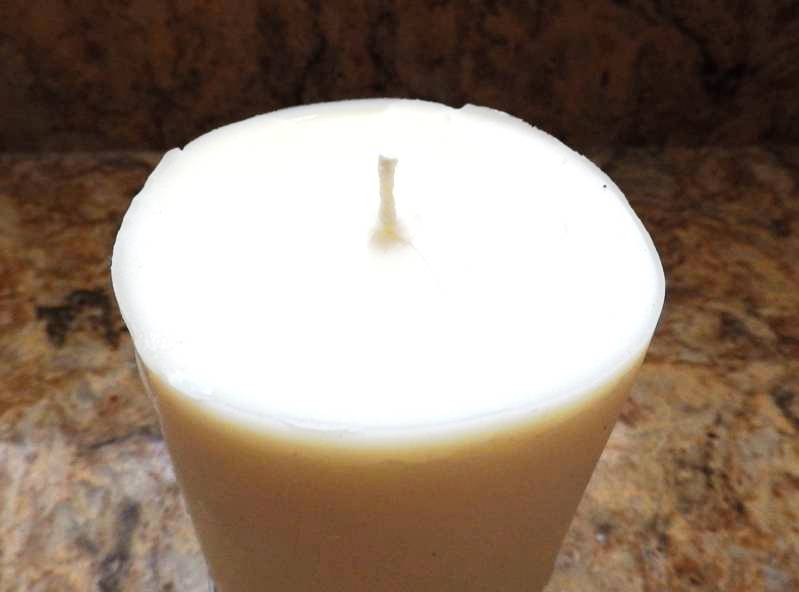
This project teaches how to create a long-lasting candle using a glass jar, beeswax, and a cotton wick. It involves melting the beeswax, securing the wick in the jar, pouring in the melted wax, and letting it cool. You can also add essential oils for scent if desired.
Here's how to make a 100-hour candle.
Beehive in a Jar
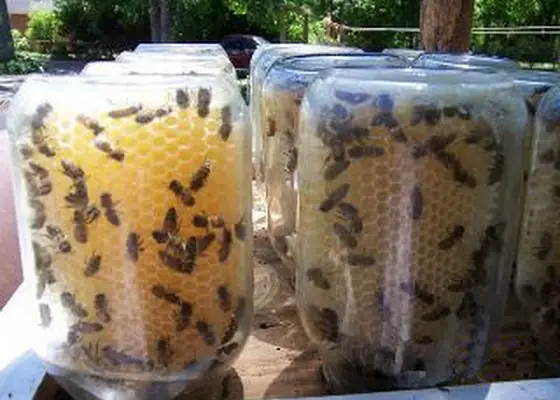
Imagine having fresh, organic honey at your fingertips. This beehive in a jar system will sustain an entire colony of bees without requiring a big, complicated set up. There’s not much to it beyond mason jars, some wood, and a couple of tools.
The see-through jars make this beehive especially fascinating to watch as the colony develops, and also educational for any young homesteaders with a curious mind.
Here's how to make a beehive in a jar.
Build a Living Wall
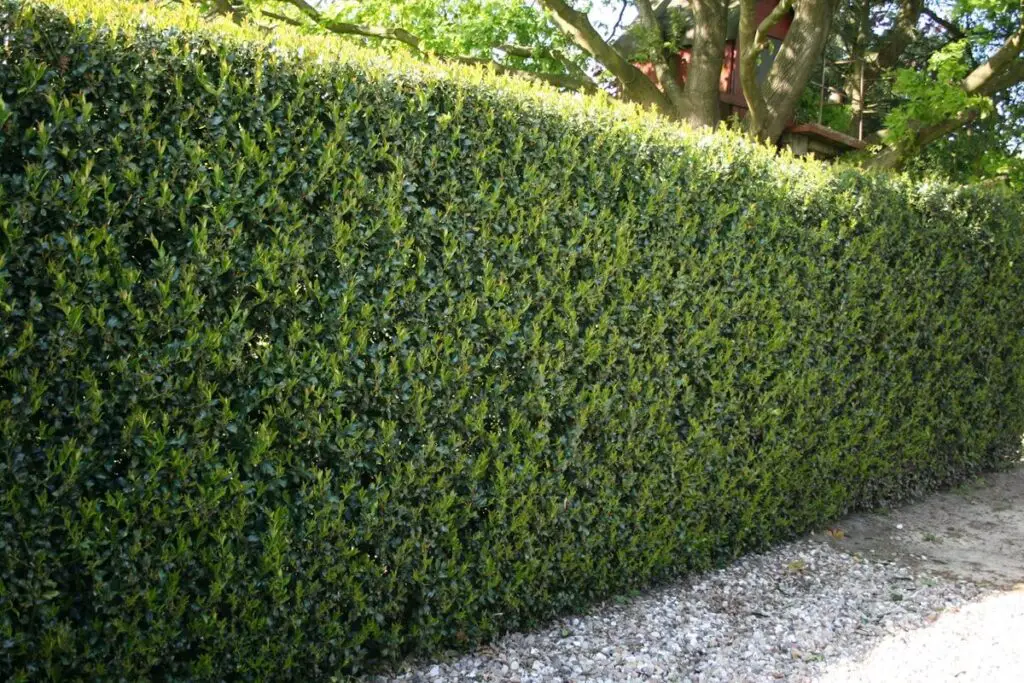
An eco-friendly way to contain your kids, provide some privacy, or just add a really cool esthetic to your property is by building a living wall.
There’s no need to cut down perfectly healthy trees to harvest their wood just to make a wall out of wood again—it sounds crazy when think about it! Pick one of the suggested plant species, do a little bending and twisting, and soon enough, you’ll have your own beautiful living wall.
Here's how to build a living wall.
Burn Barrel
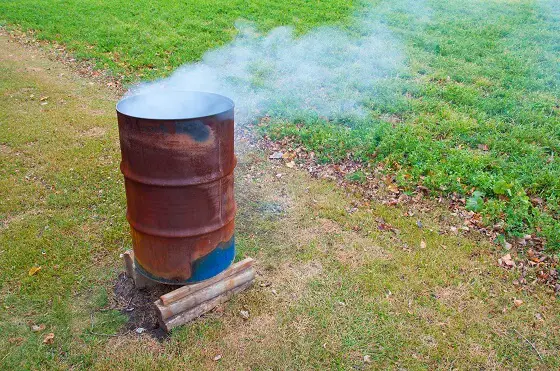
A burn barrel—also known as a backyard incinerator—is a useful tool to have around the homestead to get rid of any trash you couldn’t otherwise recycle or compost.
Having a sturdy barrel is step one in reducing smoke, as well as the risk of injury. To keep your lungs and the environment clean, first think about the toxins and fumes you might be burning off with each go.
Here's how to set up a burn barrel.
Cinder Block Bench
Now, this DIY homestead project might not fall into the “necessary” category but it sure is nice to have somewhere to sit after a hard day’s work and take in your surroundings. This cinder block bench is quite simple to make, only requiring cinder blocks, 4x4s and some careful measuring.
Make a few of these modern-looking benches to place around the property and give yourself a break throughout the day. You might even consider turning a profit by selling these around town.
Here's how to build a cinder block bench.
Cinder Block Grill
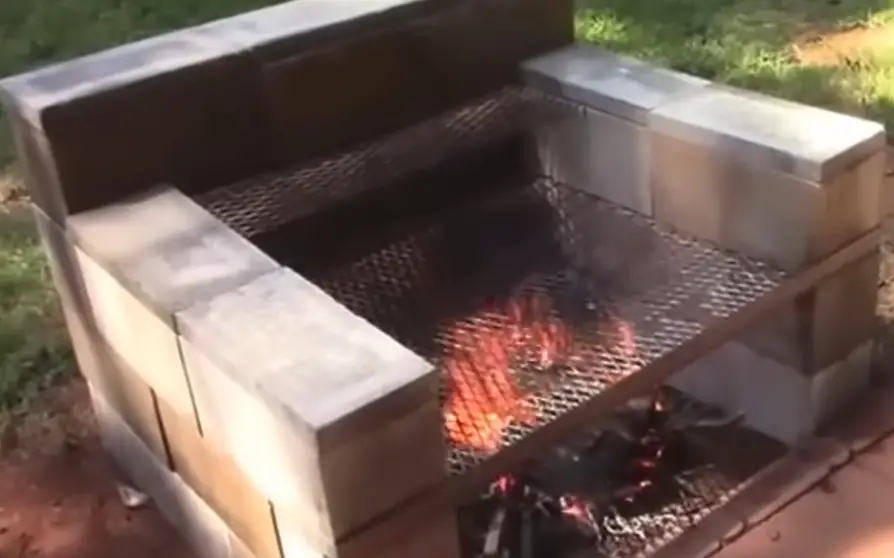
This is a simple outdoor grill using cinder blocks and a metal grate. You just arrange the cinder blocks in a rectangular shape to form the base and walls of the grill, then place a metal grate on top for cooking. This creates a sturdy and functional grill that you can throw together quickly.
Here's how to make a cinder block grill.
Clean Chicken Feeder
Stay organized and save time with this clean chicken feeder. Instead of grazing on the ground next to droppings and pebbles, your chickens can feast on clean chicken feed until they are stuffed.
This is possibly the easiest homesteader DIY project around and is also extremely inexpensive! The chickens will be happy and you will be happy. What more could you ask for?
Here's how to make a clean chicken feeder.
Compost Pile
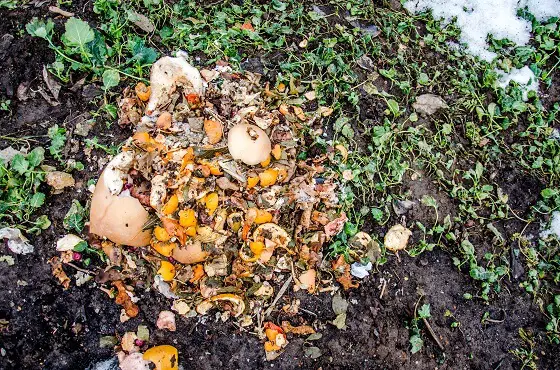
Every homesteader should know how to compost. It’s the most eco-friendly way to reduce waste by giving it back to the earth. You can compost anything natural from eggshells to banana peels and garden clippings to bee poo.
Instead of tossing these things into the trash, you can throw them on your compost pile. Once your compost has broken down and the organisms have started to intermingle, this nutrient-rich mixture can be used to feed your garden and crops.
Here is a beginner's guide to composting.
Composting Toilet
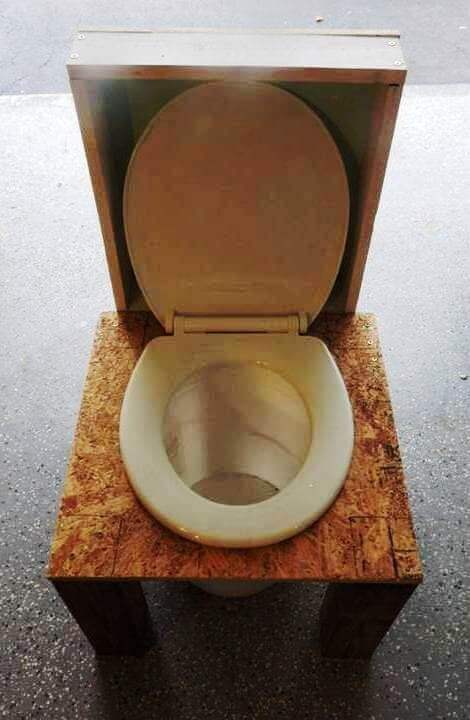
With this project, you'll create an eco-friendly toilet using a few basic materials. First, you'll build a wooden frame to house a bucket, then you'll add a toilet seat on top and use sawdust or another carbon-rich material to cover waste after each use. With this setup, you can turn human waste into usable compost over time.
Here's how to make a composting toilet.
DIY Bricks

Believe it or not, you can make your own bricks using simple materials. You'll start by mixing soil and water to create a thick mud, then add straw to strengthen the mix. Next, press the mud into brick molds and let them dry in the sun for a few days. Once they're dry, you can stack and use them for various building projects.
Here's how to make DIY bricks.
DIY Solar Furnace
This is a popular one. It's possible to build a solar furnace for less than $50. You'll need a few materials like plywood, foil, black spray paint, a dryer hose, and some glass panes. Construct a wooden box, line it with aluminum foil, add the dryer hose, spray paint it, and place the glass on top.
Finally, position it to capture maximum sunlight, and now you’ve got a solar furnace that can heat a standard size bedroom. This is a fun and rewarding project that doesn't take long.
Here's how to make a DIY solar furnace.
DIY Weed Killer
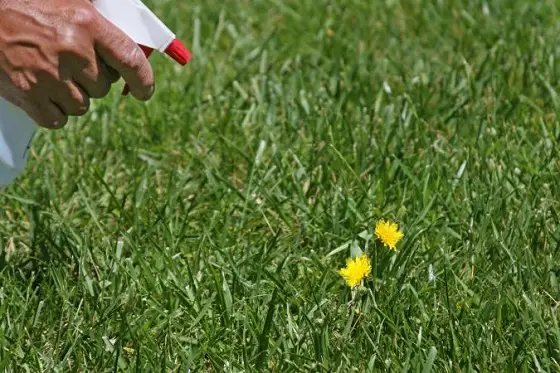
Support your garden and protect your crops from invasive species with this organic weed killer. No need to worry about cross-contamination on your product or about your animals taking a nibble of sprayed weeds as this pesticide-free concoction is totally safe to ingest in small doses. Just mix it up, pour it into a recycled spray bottle, and you’re good to go!
Here's how to make an organic weed killer.
Garden Pest Spray
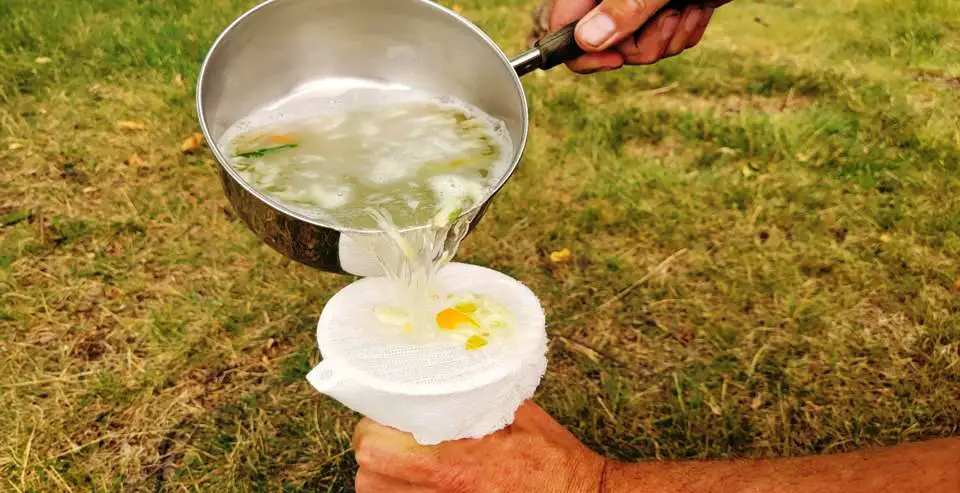
Making hot pepper garlic spray is a great way to repel pests. You'll need hot peppers, garlic, water, and some dish soap. Blend the peppers and garlic with water, strain the mixture, and add a few drops of dish soap. Pour it into a spray bottle, and you're all set with an effective, natural pesticide to protect your garden.
Here's how to make a garden pest spray.
Gunpowder
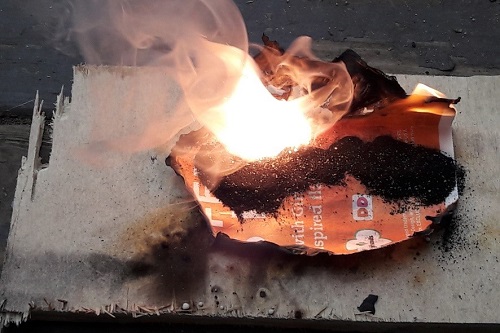
Yes, it's possible to make old-fashioned gunpowder using just a few ingredients. You'll need saltpeter, charcoal, and sulfur. Mix these in the right proportions—75% saltpeter, 15% charcoal, and 10% sulfur. Grind each component separately before combining them thoroughly. Be sure to handle everything with care and follow safety guidelines.
Here's how to make gunpowder.
Homemade Aspirin
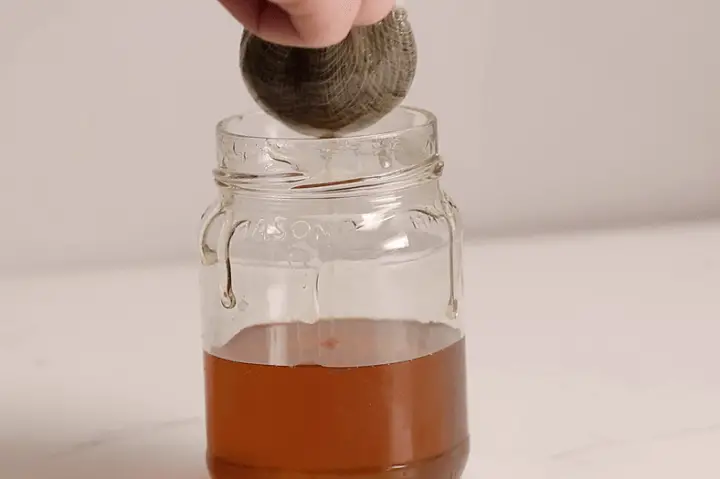
If you're living off-grid or common medications become hard to find, making “aspirin” will be a very useful skill. You'll need willow bark, which contains salicin, the natural precursor to aspirin.
Start by boiling the willow bark in water to extract the salicin. Once the liquid reduces, strain it to remove the bark. You can then take small doses of this extract as a natural pain reliever. Remember to consult with a healthcare professional before using homemade remedies.
Here's how to make homemade aspirin.
Homemade Charcoal
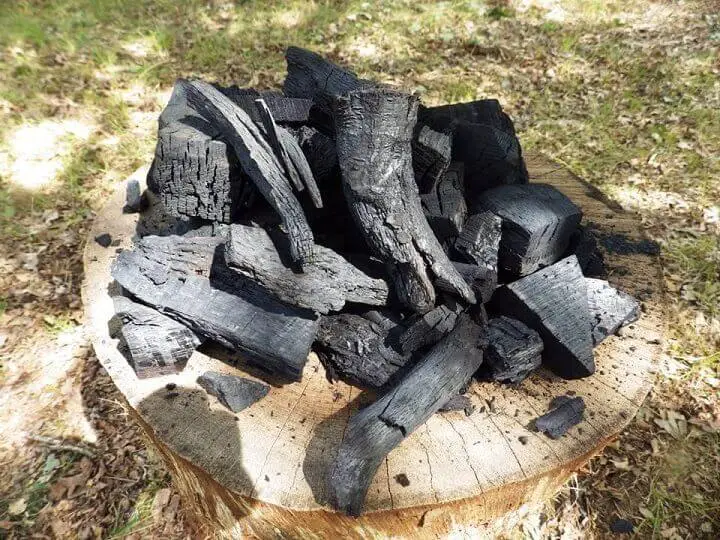
To make your own charcoal, start by gathering hardwood, cutting it into small pieces, and placing it in a metal drum with a few holes for ventilation. Light a fire around the drum and let it burn for several hours. Once the fire is out and the drum has cooled, you'll have homemade charcoal ready to use for grilling.
Here's how to make your own charcoal.
Mini Root Cellar
This project shows you how to build a mini root cellar using an old mini-freezer. Start by digging a hole in a shaded area of your yard, large enough to fit the mini-freezer. Place the freezer in the hole with the door facing up. Add insulation around the sides for extra protection against temperature changes. This will keep your vegetables cool and fresh for months or longer.
Here's how to build a mini root cellar.
Neosporin
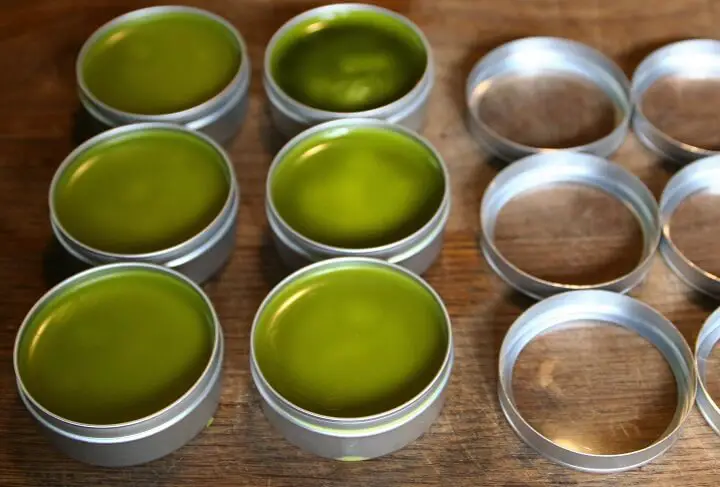
For this project, you'll start by mixing natural ingredients like coconut oil, olive oil, beeswax, and essential oils such as tea tree, lavender, and frankincense. Melt the oils and beeswax together, then add the essential oils once it's off the heat. Pour the mixture into small tins and let it cool and solidify. This stuff works just as well as Neosporin and it's all natural.
Here's how to make homemade Neosporin.
Nesting Boxes
If you have a few chickens, all you need to make nesting boxes is a few 18-gallon totes. You'll use a utility knife to cut out the doors, and you'll attach three totes to a piece of lumber so you can move several nesting boxes at once.
Here's how to make DIY nesting boxes.
Outdoor Fireplace
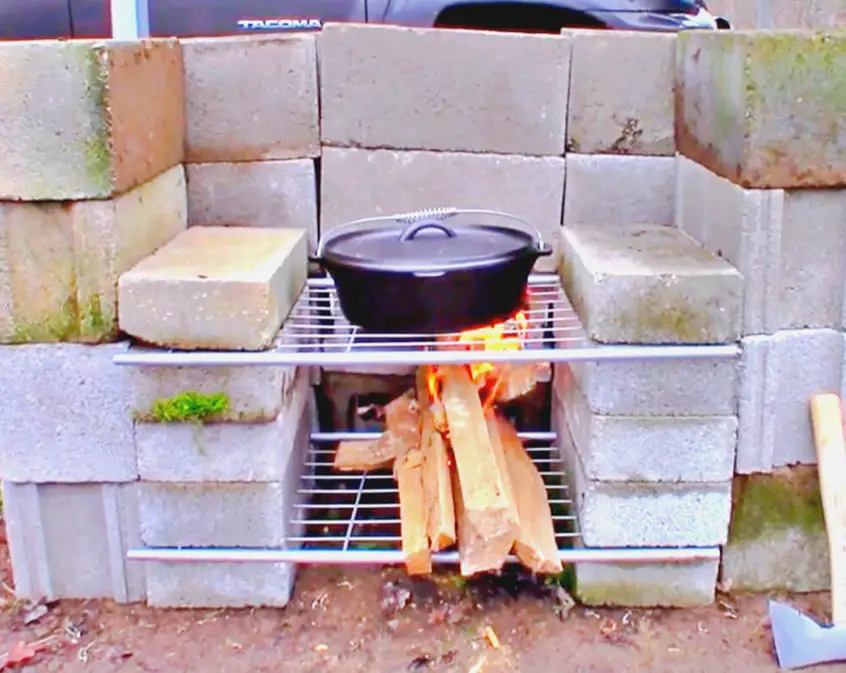
If you enjoy cooking big meals outdoors, you'll like this project. All you need is a bunch of cinder blocks, cap blocks, and a couple of grates. You could literally build it in less than five minutes.
Here's how to build a DIY outdoor fireplace.
Sand and Gravel Rain Water Filter
Take advantage of rainwater with this easy-to-make Sand and Gravel Filter. If you live in super rainy conditions, then you could potentially stock up on enough water to sustain you and your family regularly. Water supply will no longer be the trickiest and most tedious element of living off the grid.
Here's how to make a sand and gravel rain water filter.
Self-Watering Planter
Self-watering planters ensure that your plants never go thirsty, even if you forget to water them. All you need is a bucket, some PVC pipe, and an old T-shirt. With this, the soil gets exactly the amount of water it needs and the excess drains out the side.
Here's how to build a self-watering planter.
Soap from Fat and Ashes
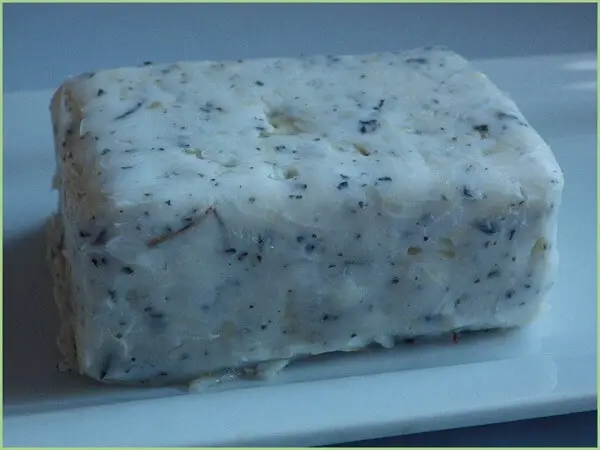
Every homesteader should learn the basics of making soap. This method is similar to how people made it hundreds of years ago. It involves creating lye from wood ash and combining it with rendered animal fat. The mixture is heated and stirred until it thickens, then poured into molds to harden into soap.
Here's how to make soap from fat and ashes.
WD-40
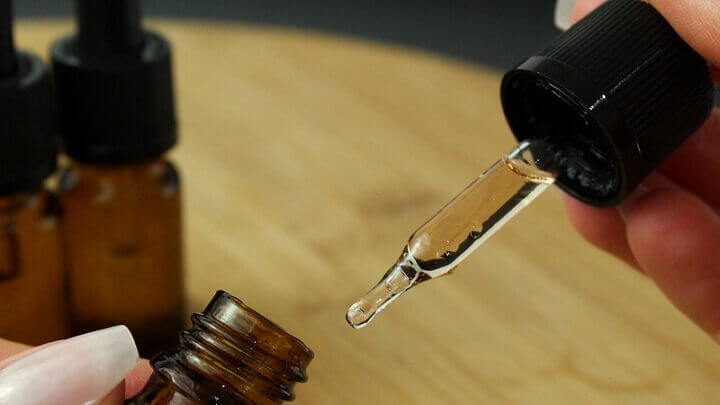
If you don't have any WD-40, there are several alternatives that will work just as well. Just mix three parts oil (like olive or grapeseed) with one part water for a simple, natural lubricant. For a deeper-penetrating solution, mix one part oil with nine parts acetone, which helps loosen rusted parts and dissolve grease.
Here's how to make homemade WD-40.
White Vinegar
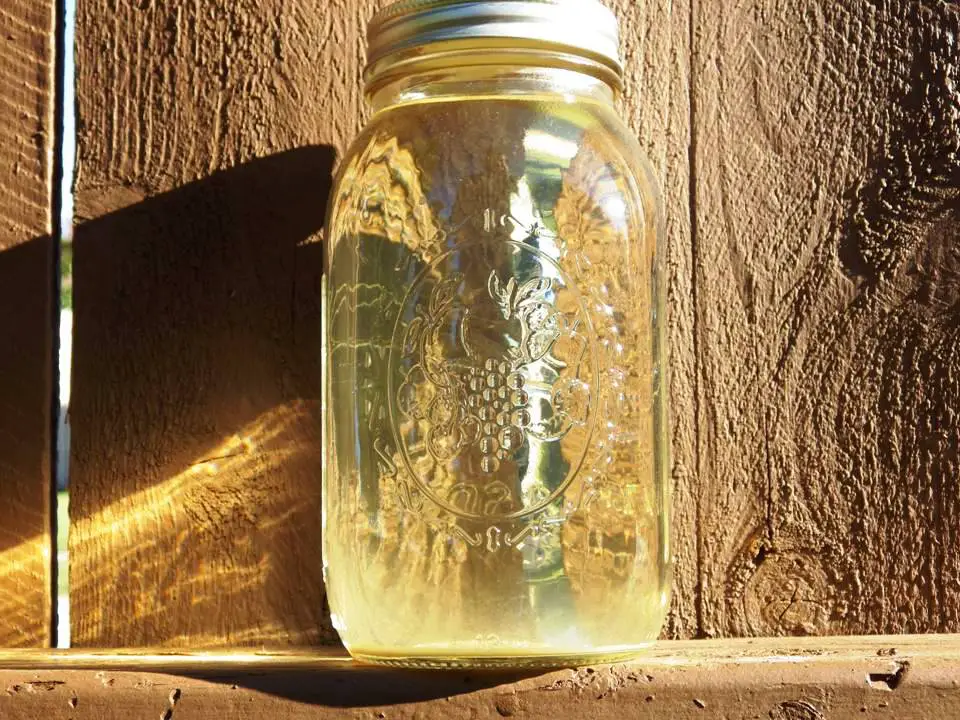
To make homemade white vinegar, you'll need to ferment a sugar-water mixture with yeast to create alcohol. Once you have alcohol, add acetic acid bacteria (the “mother”) to convert the alcohol into vinegar. This process involves two fermentation steps and requires careful handling and patience, but it's worth the effort.
Here's how to make homemade vinegar.
Conclusion
Each DIY project for homesteaders I’ve listed today is simple enough for anyone to master with just a little knowledge and a bit of effort. I never skip out on the chance to make these projects a learning opportunity for my kids, my neighbors, and of course, the homesteader within me!
The more you know, the more enjoyment you can squeeze out of this beautiful, sustainable way of life.
Like this post? Don't Forget to Pin It On Pinterest!
You May Also Like:

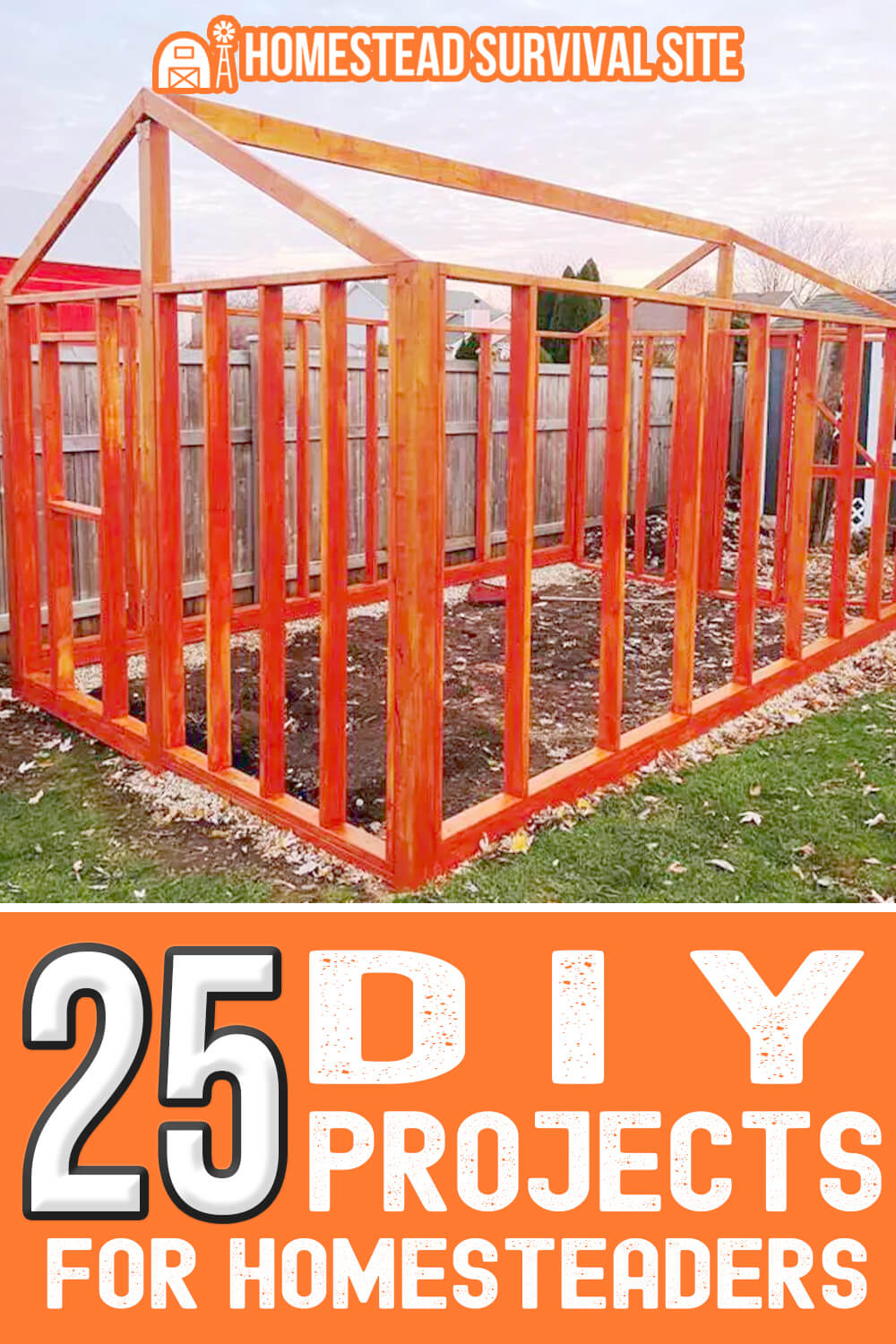


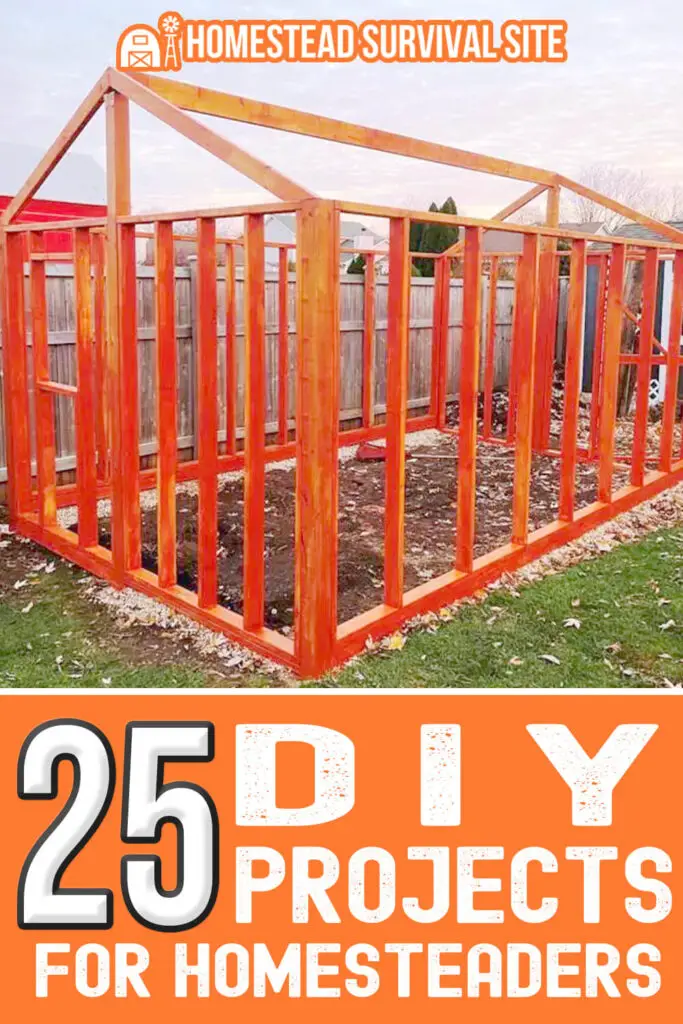






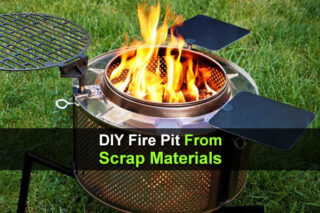
I find it ironic that #7 is a picture of killing dandelions (a bee food) and then #8 is bee keeping in a jar.
If you don’t live by the ocean where do you get sand for a filter unless you have to buy it at a store.then if you buy it why just not buy a commercial filter.
You need to buy clean sand anyway because sand at a beach likely is contaminated with heavy metals, chemicals and pollutants form both the water and air. We have tons of sand on beaches near our area, but the water is surrounded by farmland , so the water that washes up over this sand contains all kinds of heavy metals from farm equipment and the chemicals the farmers must put on the soil. Even the rain water that falls directly from the sky must be filtered sue to contaminates it will pick up on its fall to the earth.
Nice Projects!!! I’d love to do a few of them [if I had any land – maybe later].
There are a few problems, tho: in #1 & #12 there is no picture, link, or video; in #2 you state “This method is so energy efficient that it can even be done using . Whoever said homesteading isn’t glamorous”. But what is to be used at the end of the first sentence?
I see the videos for 1 and 12. Maybe they just didn’t load in your browser. With #2, it should say solar power, but I don’t know why it’s not showing up.